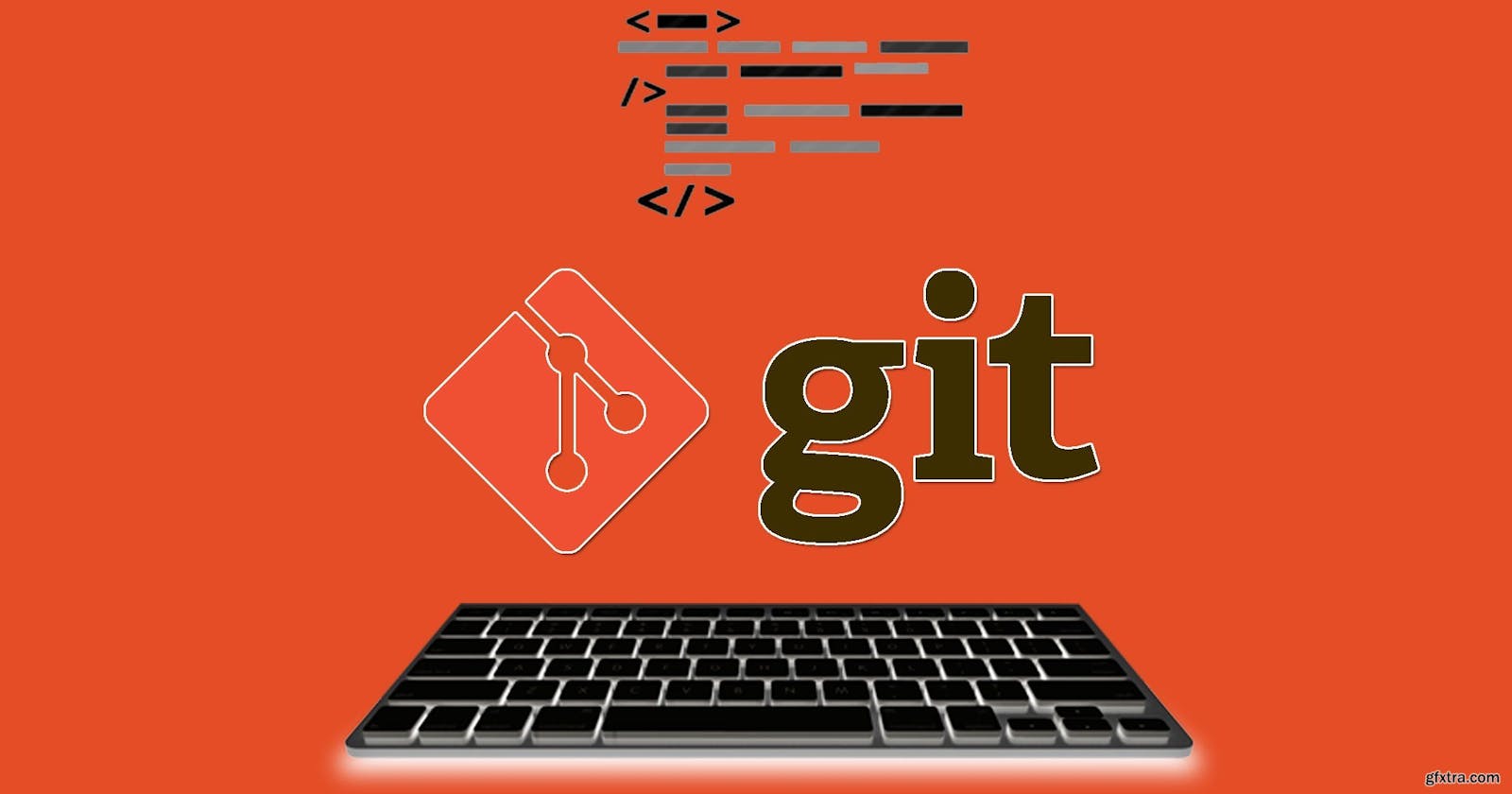In the realm of software development, where collaboration and version control reign supreme, Git and GitHub stand tall as indispensable tools. Understanding these platforms is not merely advantageous—it's essential for any developer navigating the complexities of modern development workflows. So, let's delve into the world of Git and GitHub and uncover the keys to mastering them effectively.
1. The Git Fundamentals
Git, conceived by Linus Torvalds in 2005, revolutionized version control with its distributed architecture and powerful branching model. At its core, Git operates with a few fundamental concepts:
Repositories: These are the heart of Git, housing your project's files and their complete version history.
Commits: Think of commits as snapshots of your project at specific points in time. Each commit encapsulates changes along with a descriptive message.
Branches: Branching allows you to diverge from the main line of development to work on features or fixes independently. Git's lightweight branching model empowers efficient collaboration.
2. GitHub: The Social Coding Platform
GitHub, launched in 2008, provides a collaborative layer atop Git, transforming version control into a social experience. Here's where GitHub shines:
Repositories and Forks: GitHub hosts Git repositories, but it goes further by enabling forks—copies of repositories that foster experimentation without altering the original codebase. Forks are integral to open-source contributions.
Pull Requests: Pull requests are the lifeblood of collaboration on GitHub. They facilitate peer review, discussion, and the seamless integration of changes. A well-crafted pull request is the hallmark of effective collaboration.
Issues and Projects: GitHub's issue tracker and project boards streamline project management. Issues track tasks, bugs, and feature requests, while projects offer a Kanban-style interface for organizing and prioritizing work.
3. Best Practices for Git and GitHub Mastery
Now that we've explored the foundations, let's discuss best practices for leveraging Git and GitHub effectively:
Commit Often, Commit Meaningfully: Break down your work into logical units and commit frequently. Each commit should represent a cohesive set of changes and be accompanied by a descriptive message.
Branch Strategically: Embrace Git's branching model to isolate features and fixes. Use feature branches for new development and hotfix branches for urgent patches. Keep your main branch (often named 'master' or 'main') stable and deployable at all times.
Engage in Code Reviews: Embrace the collaborative spirit of GitHub by actively participating in code reviews. Solicit feedback, offer constructive criticism, and strive for code quality and maintainability.
Automate with Workflows: Integrate GitHub Actions or other CI/CD tools into your workflow to automate testing, linting, and deployment. Automation enhances productivity and ensures the reliability of your codebase.
Conclusion
Git and GitHub represent the backbone of modern software development, empowering teams to collaborate seamlessly and iterate with confidence. By mastering Git's core concepts and harnessing GitHub's collaborative features, developers can elevate their workflow and deliver exceptional results. So, embrace the power of Git and GitHub, and embark on your journey to coding mastery. Happy coding!
